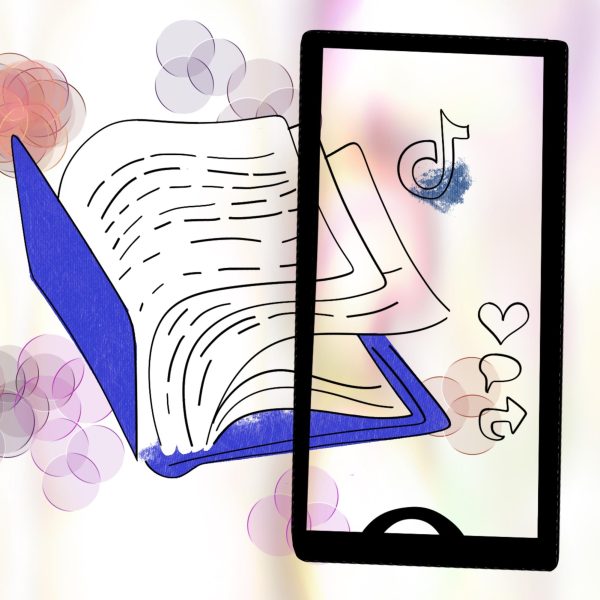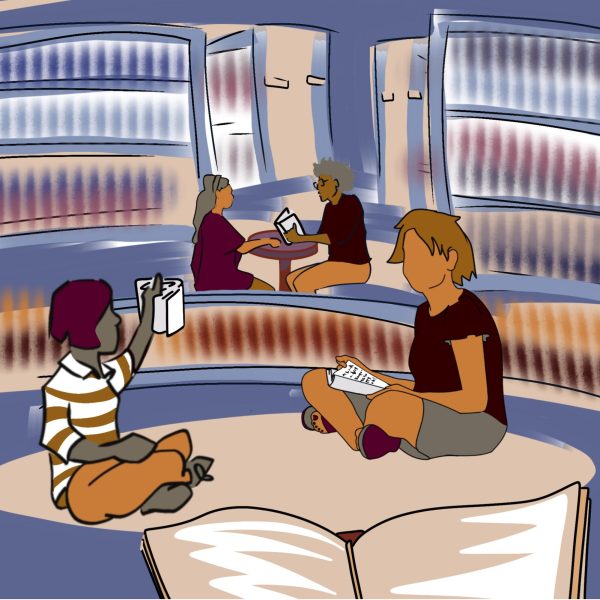Opinion: Morality and the brain

April 4, 2011
Daniel Sprockett
Daniel Sprockett is a researcher in the KSU Department of Anthropology and a columnist at the Daily Kent Stater. Contact him at [email protected].
Imagine that you’re standing by a long stretch of train tracks. A few miles down the track you see five rail workers. As you look up the hill, you see a runaway trolley hurtling toward the five workers. You scream to warn them, but the loud machinery they are using prevents them from hearing you. In front of you stands a switch that would allow you to divert the runaway trolley onto a second set of tracks where only one worker stands. If you do nothing, the trolley will surely kill all five of the workers. If you throw the switch, you will save their lives, but in turn will sacrifice another innocent person. What do you do?
This dilemma, widely known as the trolley problem, has been a useful tool for philosophers and psychologists studying morality ever since it was proposed by philosopher Philippa Ruth Foot. In her 1967 essay, “The Problem of Abortion and the Doctrine of the Double Effect,” she laid out a series of provocative moral dilemmas that dealt with conflicting moral duties and actions.
Soon after, philosopher Judith Jarvis Thomson added a second situation. She imagined that, instead of standing next to the tracks, you are standing above them on a footbridge. You see the same situation unfolding before you: a runaway trolley headed towards five unsuspecting workers. However, this time, instead of a switch, the only thing near you is a large fat man wearing a heavy backpack. If you sacrifice the stranger by shoving him off the footbridge, he will stop the train and the five workers’ lives will be saved. What do you do?
Interestingly, most people cross-culturally agree that it is morally responsible to throw the switch and sacrifice one innocent life to save five others. However, most people also agree that it is not morally acceptable to shove the man from the bridge, even though it results in the same one-life-for-five outcome.
Advances in neuroscience now let scientists investigate this type of moral decision-making at the level of the brain. Harvard neuroscientist Joshua Greene is using a brain imaging technique known as a functional magnetic resonance imagining (fMRI) to study which parts of the brain are active while making moral and ethical decisions. The fMRI images show changes in blood flow to different parts of the brain when research subjects are asked to consider the trolley versus footbridge moral quandaries.
Greene found that these two moral dilemmas actually activate two different regions of the brain. When subjects are asked the first trolley problem, the dorsolateral prefrontal cortex region of the brain lights up. This is the area of your brain that deals with mental activities like cost-benefit analysis, fairness and risk assessment.
However, the situation completely changes when subjects are asked the second footbridge problem. In this case, their medial prefrontal cortex lights up, which is an area of the brain that is strongly associated with social emotions and relationships.
This difference in brain activity is a powerful explanation of why most people give different answers to what is essentially the same question.
Morals often feel like they are somehow innate, but research into the physical basis of ethical and moral decision-making gives us a much better understanding of how we come to these conclusions and sheds a tantalizing ray of light onto the origin of morality itself.
























